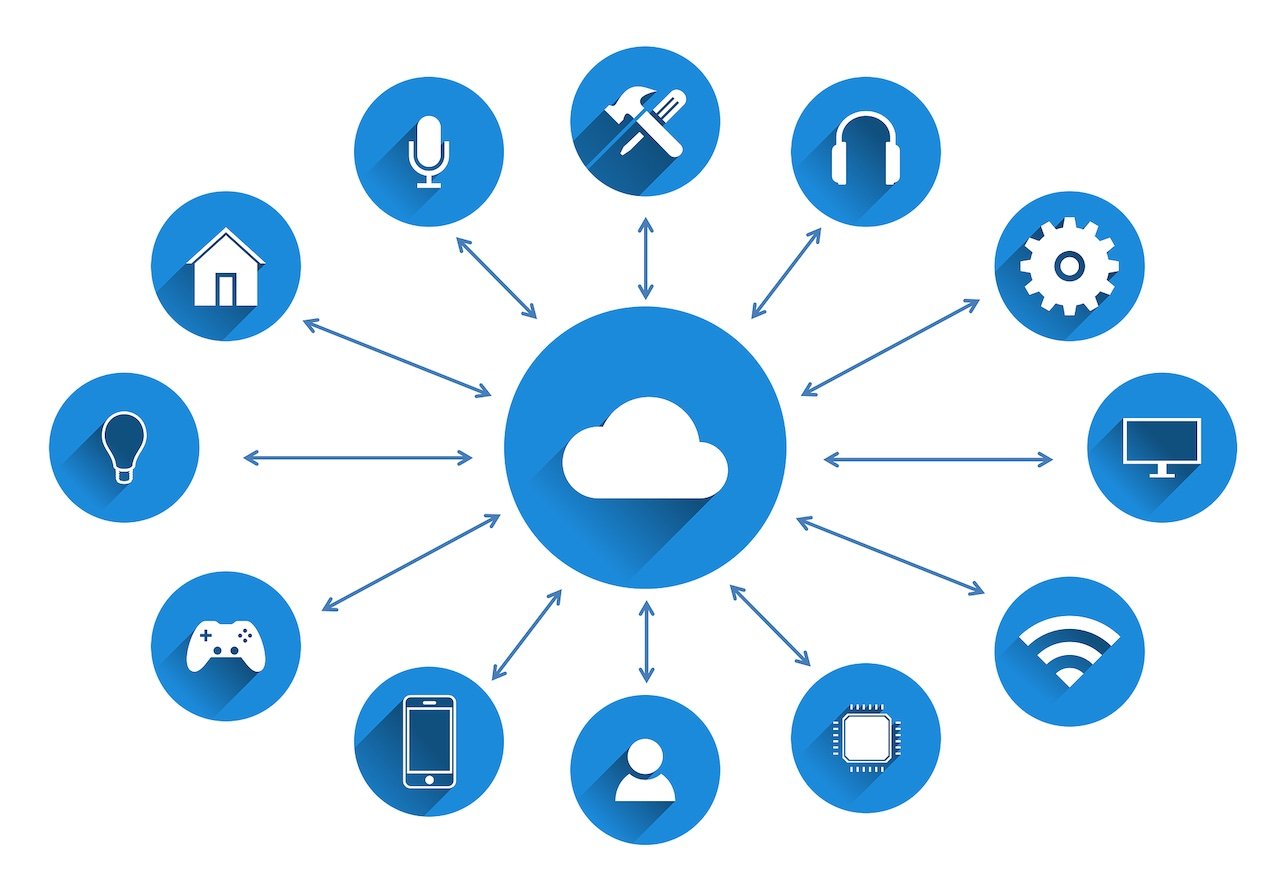IoT Subscriber Churn What It is, How to Measure It, and Why It Matters

- April 2025 (1)
- March 2025 (2)
- February 2025 (1)
- December 2024 (2)
- November 2024 (2)
- August 2024 (2)
- June 2024 (3)
- May 2024 (3)
- April 2024 (1)
- March 2024 (3)
- February 2024 (2)
- January 2024 (2)
- December 2023 (1)
- November 2023 (2)
- October 2023 (2)
- September 2023 (1)
- August 2023 (1)
- July 2023 (2)
- June 2023 (3)
- May 2023 (2)
- April 2023 (1)
- March 2023 (4)
- February 2023 (1)
- January 2023 (2)
- November 2022 (2)
- October 2022 (1)
- September 2022 (1)
- August 2022 (2)
- July 2022 (2)
- June 2022 (2)
- May 2022 (1)
- April 2022 (3)
- March 2022 (1)
- February 2022 (3)
- January 2022 (2)
- December 2021 (1)
- November 2021 (1)
- October 2021 (2)
- September 2021 (3)
- August 2021 (1)
- July 2021 (4)
- June 2021 (1)
- May 2021 (2)
- April 2021 (2)
- March 2021 (2)
- February 2021 (3)
- January 2021 (3)
- December 2020 (1)
- October 2020 (1)
- August 2020 (1)
- August 2019 (1)
- January 2019 (2)
- September 2018 (5)
- June 2018 (1)
- November 2017 (1)
- September 2017 (1)
- July 2017 (1)
- May 2017 (1)
- January 2017 (1)
- October 2016 (2)
- August 2016 (1)
- July 2016 (1)
- June 2016 (1)
Subscribe by email
The subscription billing model is ideal for many businesses because it benefits both the provider and the customer. Using a subscription model solves IoT billing challenges effectively and enables customers to pay in monthly installments instead of investing a large amount of money up-front. For an IoT subscription model to work effectively, you must retain customers beyond the break-even point — the amount of time needed to cover up-front costs associated with servicing them. The name of the game in subscription billing is retention. And the key metric related to retention is churn rate. Here’s how to measure subscriber churn effectively, so you know how you’re doing with retention.
What is Churn Rate?
A churn rate is the percentage of customers or subscribers who don’t renew or who cancel their subscriptions with your service or company during a given time period. Companies use many metrics and key performance indicators (KPIs) to gauge their success and determine if their results are trending positively or negatively. But for a business that uses a subscription model, churn rate is an essential metric. Ideally, you want to keep your churn rate as low as possible and focus on reducing customer churn over time.
How to Calculate Churn Rate?
Calculating customer churn rate is relatively simple with a bit of math. Here are the steps in the customer churn rate formula:
- Decide the time period you want to measure — date to date.
- Total up the customers you have acquired during this timeframe.
- Determine the number of customers lost during this same period.
- Divide the number of lost customers by the number of acquired customers.
- Multiply the number by 100%.
The period you choose for this analysis will depend on your billing model. If your customers typically sign up for annual subscriptions, it may make sense to keep an eye on the annual churn rate. If you use monthly subscriptions, then a monthly churn rate may better align with your billing model. It is important to note that churn rate doesn’t factor in pricing or cost — only customer counts.
Why It’s Important to Watch Churn Rate
The churn rate is a critically important metric for companies with a subscription model. To break even, you need to cover your average customer acquisition cost (CAC). The longer the average life expectancy for your customers, the greater your profit margin will be.
Average Subscriber Churn Rate
Churn rates vary by industry. According to research company Recurly, the monthly churn rate across all industries is 5.6%. B2B tends to be lower at an average of 5%, and B2C is an average of 7.05%. Industries that tend to be higher are consumer goods and education. IoT average churn is 5.88%, a helpful benchmark for IoT product companies. 4.49% of the total churn is voluntary, which generally indicates customer dissatisfaction. 1.39% is involuntary, usually due to payment issues and declines.
Impact of Churn Rate
It costs money to onboard new customers, even if they are paying the device’s full cost. Your overhead for onboarding will include things like advertising and staffing your company for sales and customer support. Additionally, you may have strategic partnerships to expand on your services and other operational expenses. Churn is a growth decelerator. So, if your churn rate is high, it will negatively impact your company’s growth opportunity. The longer customers stay with you, the better.
5 Tips to Keep Churn Rate Low
Because the subscription model relies on continual billing, it’s a good idea to put procedures into place designed to keep your churn rate as low as possible. Here are some of the things that we recommend.
1. Regularly Analyze Churn
Customer churn will happen no matter what you do. Don’t attempt to eliminate churn. Instead, focus on analyzing the data around churn to determine what is causing your customers to leave. Then, consider ways to solve those issues. Analyzing your churn will provide you with opportunities to improve your customer service. Dig into the data for your customer support reps and managers to find any trends that training might improve. Are there opportunities for improvement with your products and services themselves?
2. Invest in Training
To help reduce churn, make sure you’re investing in training for your sales reps and customer support team. If you notice your churn rates going up, see if you may have a training opportunity with your customer-facing staff. Sales reps should sell on the real value of your product or service, and customer support reps should be equipped to manage any issues that come their way. A training investment can have a dramatic impact on customer churn rates.
3. Evaluate Your Onboarding Process
Are you starting your customers off on the right foot? Create a robust onboarding process that not only welcomes new customers but walks them through everything they will need, and you’ll have a happy customer. Share educational content to help customers get the best value from your product or service, and you’ll have a delighted customer.
4. Be Proactive With Communication
Establish an ongoing relationship with your customers. Focus not only on the product or service you provide but also on your communication. Build rapport by communicating proactively to establish a trusting relationship. Share content that might be helpful for them or interesting and engage them on social media. And be sure to reach out during challenging times as well as good times. Customers who view you as a trusted partner that they are in regular contact with will tend to stay with you.
5. Solicit Feedback and Respond
Consistently request feedback from your customers, particularly at key points in the customer lifecycle. If you identify specific points with higher churn rates, anticipate those moments and reach out to request feedback to try to re-engage the customers at critical times.
Understand, Analyze, and Manage Churn Rate
Understanding, analyzing, and managing customer churn is the key to success with subscription billing for IoT. Stick to a regular schedule and make sure to investigate findings to see how you can improve your customer experience to improve your churn rate. The exercise will benefit your company as well as your customers.
Looking for a billing platform that will streamline your IoT business operations? We'd love to help. Contact us to discuss your company's unique needs.
You might also like:
Related Content
The latest IoT insights and platform updates from Zipit.
IoT devices need flexible network technologies optimized for low-power application...
Deploying an IoT solution brings significant value to businesses, but it also intr...
In the past, OEMs primarily focused on selling physical products, but this approac...



